Are you in the process of starting a dance studio, designing a dancewear brand, or launching a dance-related event? If so, one essential element that will help you establish a strong brand identity is a captivating dance logo. A well-designed logo can convey the essence of your dance business and leave a lasting impression on your audience.
In this article, we will explore various dance logo ideas and provide you with valuable tips and inspiration to create a logo that represents the spirit of dance and resonates with your target audience. Whether you are a dance instructor, choreographer, or event organizer, these guidelines will assist you in crafting a logo that reflects your professionalism, creativity, and passion for dance.
1. Understand Your Dance Business
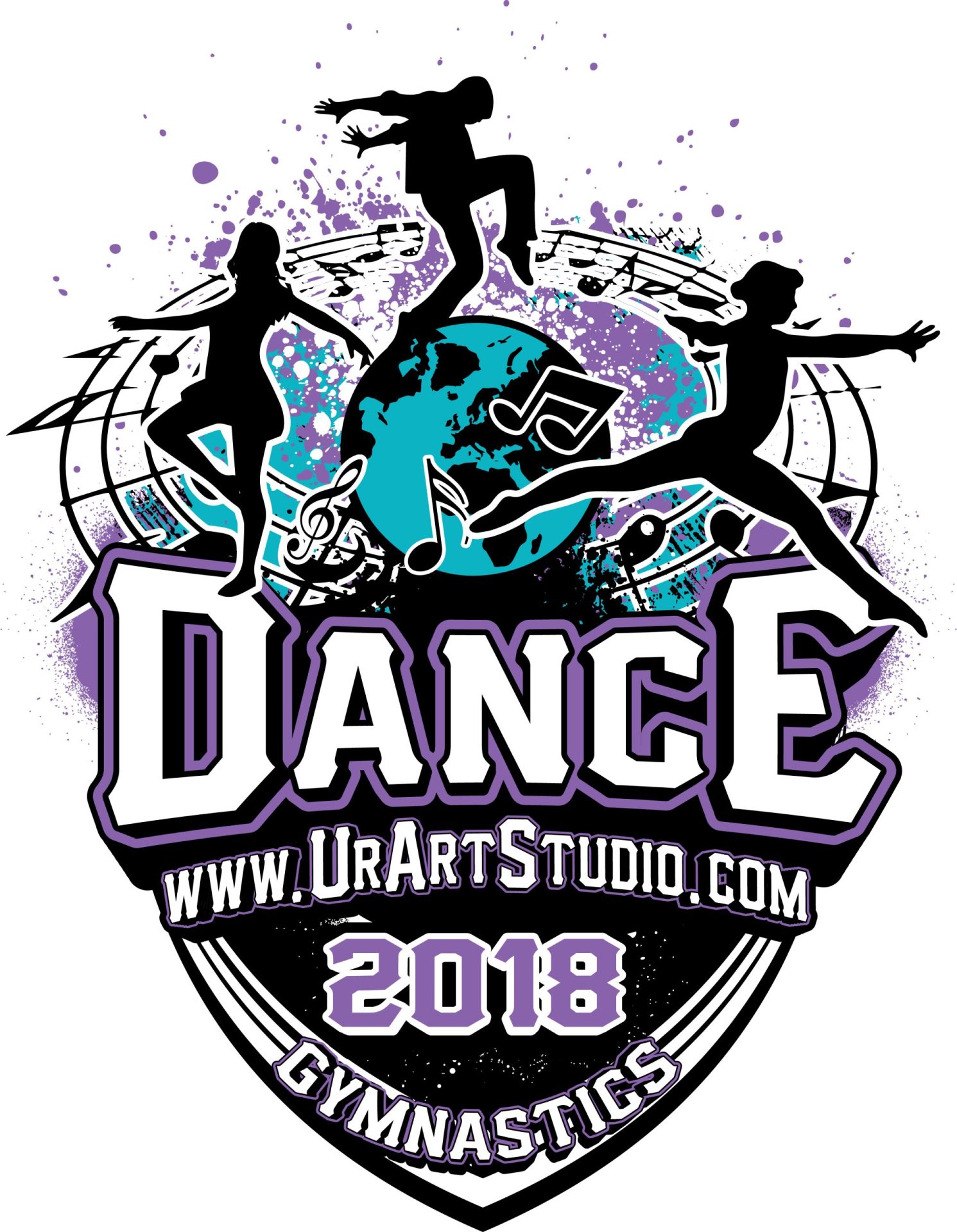

Before diving into logo design, it’s crucial to have a clear understanding of your dance business. Consider the following aspects:
Defining Your Dance Style
Identify the specific style(s) of dance you specialize in or promote. Whether it’s ballet, hip-hop, contemporary, salsa, or any other genre, understanding your dance style will help you create a logo that aligns with your business.
Identifying Your Target Audience
Determine the demographics and preferences of your target audience. Are you targeting children, teenagers, adults, or a specific age group? Knowing your audience will enable you to design a logo that appeals to their interests and connects with them on a deeper level.
Analyzing Your Competition
Research and analyze the logos of other dance businesses in your area or niche. This will help you identify trends, stand out from the competition, and ensure that your logo is unique and distinctive.
2. Reflecting Dance Elements in Your Logo
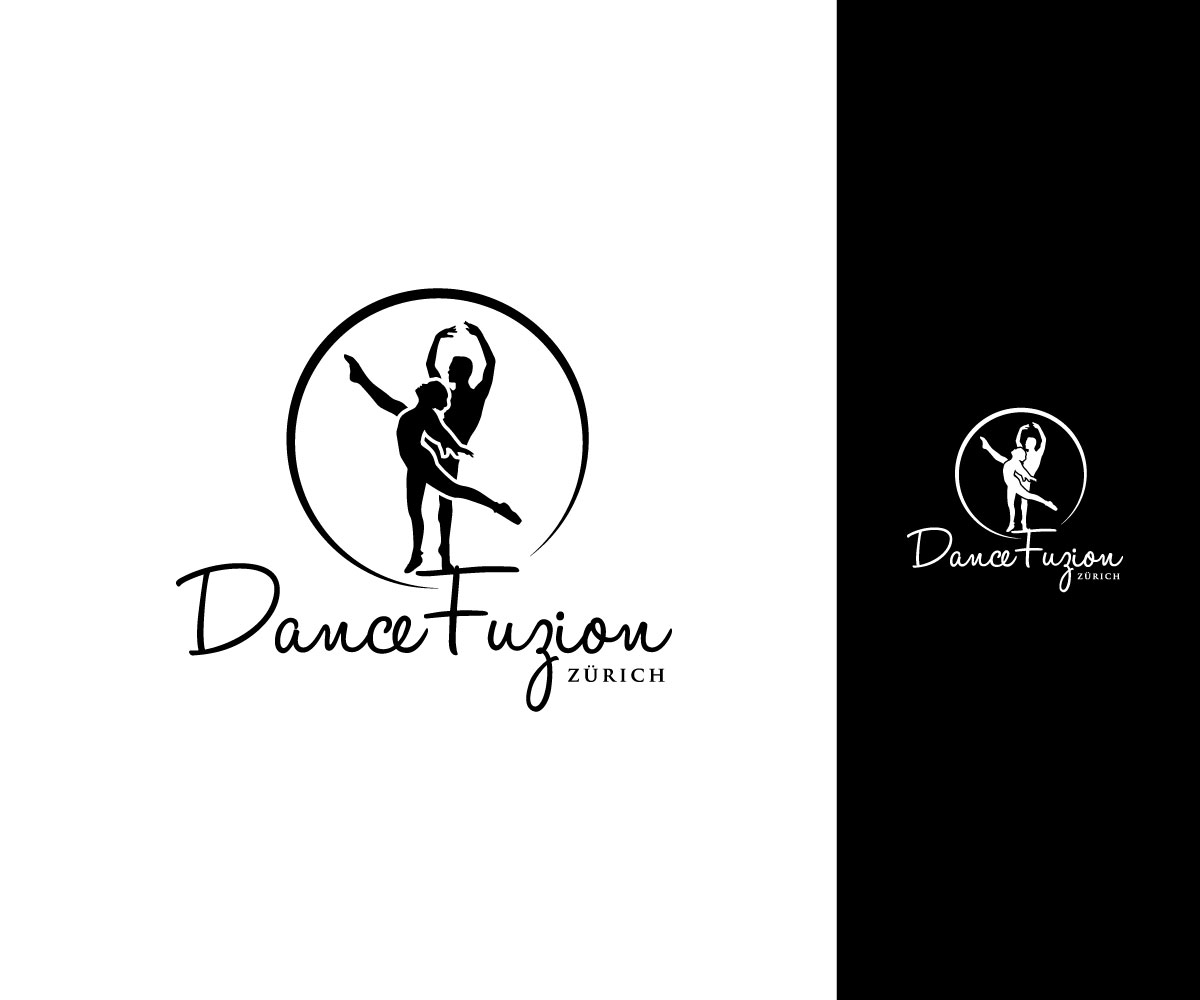

To capture the essence of dance in your logo, consider incorporating dance-related elements. Here are some ideas to get you started:
Silhouettes and Poses
Utilize silhouettes of dancers or iconic dance poses to symbolize movement and grace. Silhouettes can be abstract or realistic, depending on your brand’s style.
Typography
Choose a font that complements the dance style you represent. Elegant and flowing fonts work well for ballet, while bold and edgy fonts suit hip-hop or contemporary dance.
Motion Lines
Incorporate dynamic lines or swirls to represent the energy and movement associated with dance. These elements can add a sense of excitement and liveliness to your logo.
Symbols and Icons
Consider using symbols or icons that are universally recognized in the dance world. For example, a pair of ballet shoes, a tutu, or a dance floor can instantly convey the nature of your business.
3. Color Palette Selection
Colors play a vital role in logo design as they evoke emotions and convey messages. When selecting colors for your dance logo, keep the following in mind:
Vibrant Colors
Choose vibrant and energetic colors to reflect the liveliness and passion of dance. Bold hues such as red, orange, or electric blue can create a visually striking logo.
Pastel Colors
If your dance business focuses on ballet or contemporary styles, consider using soft pastel shades. These colors convey elegance, grace, and sophistication.
Monochromatic Schemes
Opting for a monochromatic color scheme can create a sleek and modern look for your logo. This approach works well for contemporary dance or dancewear brands targeting a more mature audience.
4. Typography and Font Selection
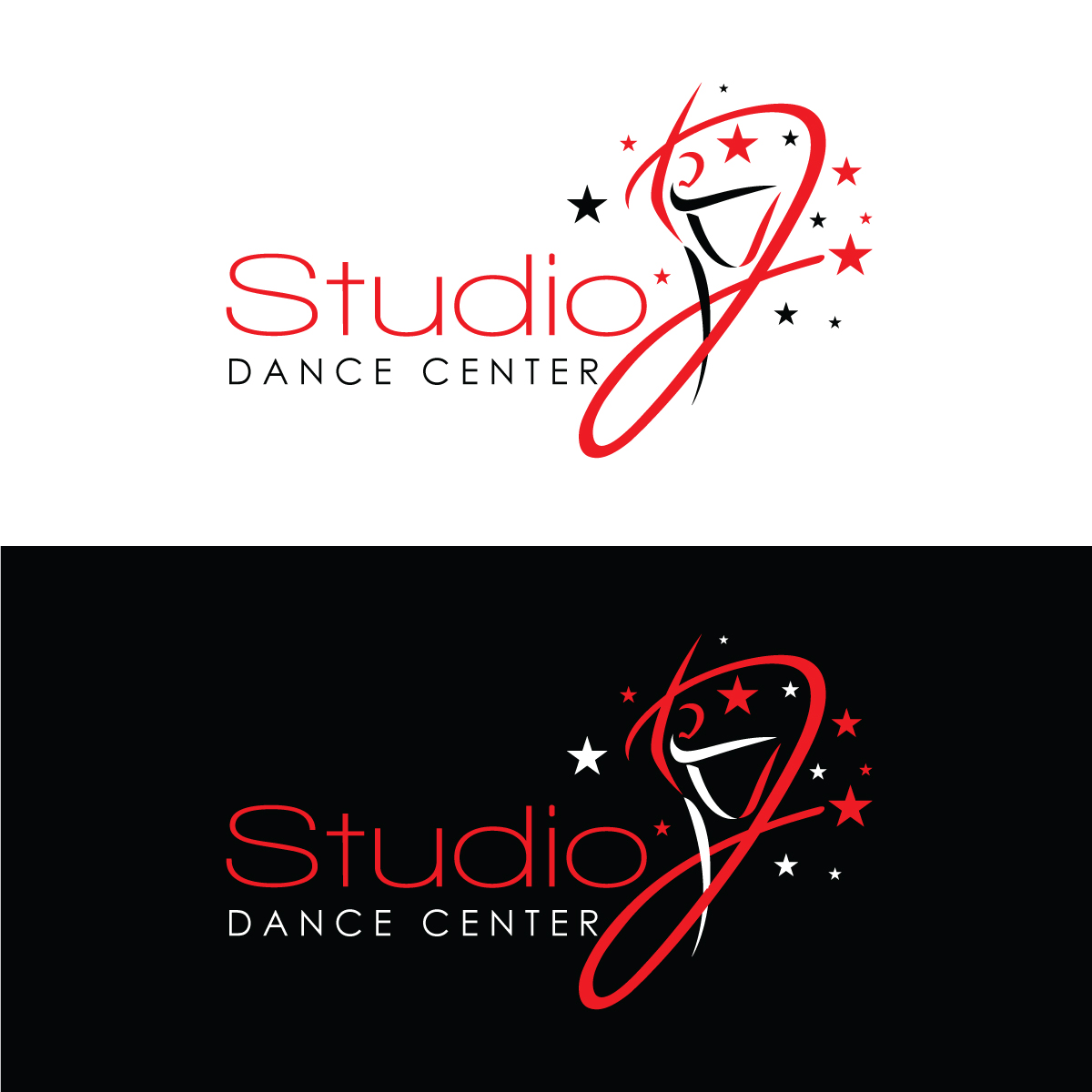

The typography you choose for your dance logo should align with your brand’s personality and dance style. Here are a few tips to help you make the right font selection:
Script Fonts
Script fonts, with their flowing and calligraphic styles, are often associated with elegance and grace. They work well for ballet studios and dance companies that focus on traditional dance styles.
Sans-Serif Fonts
Sans-serif fonts have a clean and modern appearance, making them suitable for contemporary dance businesses or events targeting a younger audience.
Custom Fonts
Consider investing in a custom font or hiring a graphic designer to create a unique typography style that truly represents your dance brand. This can help you stand out and establish a distinctive visual identity.
5. Logo Design Tips
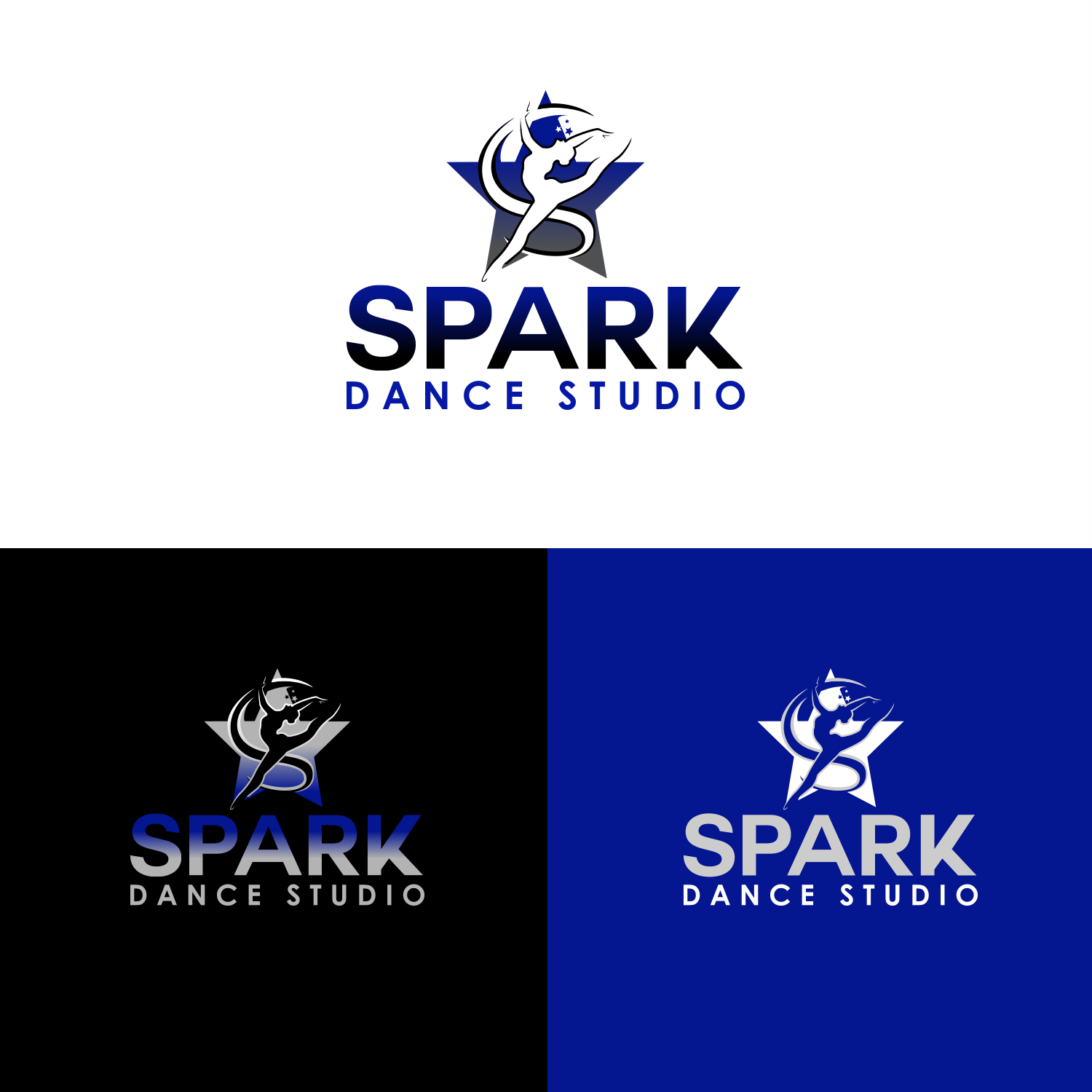

Creating a dance logo that stands out requires attention to detail and careful execution. Here are a few additional tips to guide you through the design process:
Simplicity is Key
Keep your logo design simple and avoid clutter. A clean and minimalistic logo will be more memorable and versatile across different mediums.
Scalability
Ensure that your logo is scalable and looks great in various sizes. It should remain recognizable and readable, whether it’s displayed on a small business card or a large billboard.
Versatility
Design a logo that can be used across different platforms and materials. It should work well on your website, social media profiles, merchandise, and dance studio signage.
Testimonials and Feedback
Once you have a few logo designs, gather feedback from your target audience and colleagues in the dance industry. Honest feedback can help you refine your logo and make necessary improvements.
Conclusion
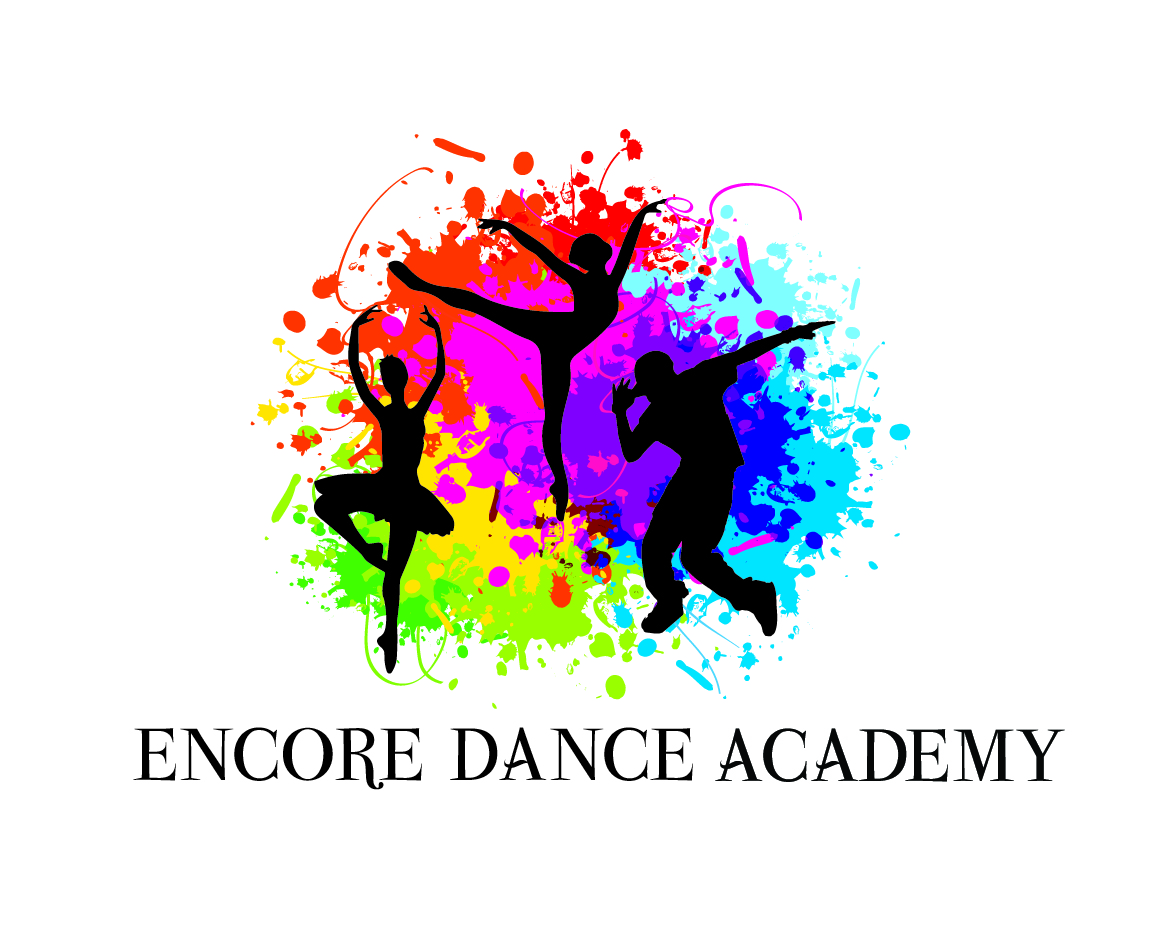

A captivating dance logo serves as the visual representation of your dance business and plays a crucial role in establishing your brand identity. By understanding your dance style, identifying your target audience, and incorporating dance elements into your design, you can create a logo that is both visually appealing and meaningful.
Remember to select an appropriate color palette and typography style that aligns with your brand’s personality. Keep your logo design simple, scalable, and versatile to ensure its effectiveness across various platforms. Lastly, seek feedback from your target audience and industry peers to refine your logo and make it truly captivating.
Embrace the power of a well-designed dance logo and let it become a symbol that resonates with your audience, communicates your passion for dance, and sets you apart from the competition.
Marietta Arnold is a branding and design enthusiast who draws inspiration from hobbies like hiking, photography, and art exploration. With a background in graphic design, she shares insights on branding strategies and logo design trends. Stay updated with Marietta’s work for the latest in branding and design.



